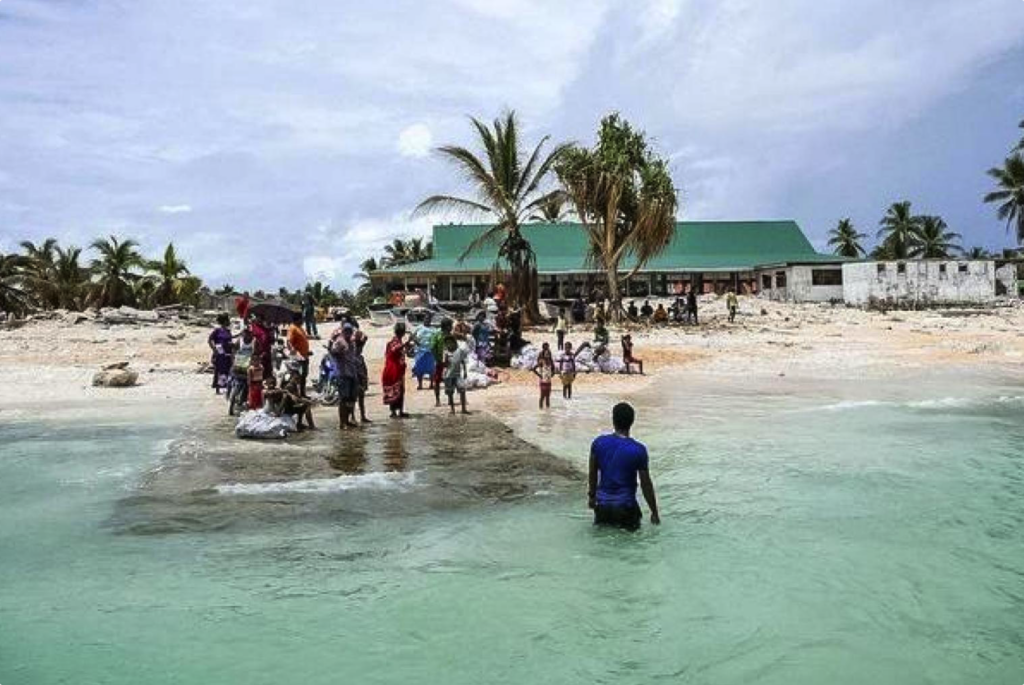Understanding human needs in early warning systems
For early warning systems to succeed in minimizing human and economic loss, eachcomponentfrom beginning to end must understand and integrate people’s needs in design, set, and functioning. And thenmonitoredfor impact. National case studies were critical for the CREWS project to show that recommended actions within the newly developed custom indicators werefeasible.A study involving 4 communities in Trinidad and Tobago, St Lucia, St Vincent and the Grenadines, and Jamaica, delved deeper into understanding the human factors preventing or fostering people’s response to warnings. If peopledon’treceive, understand, or trust warnings, they are less likely to take preventive action. Bringing together 143 people community members, the Red Cross, and local and national authorities – 57% women – in workshops, bridged gaps in understanding on both sides. Communities learned how they can be partners in early warning. Policymakers realized the limitations of systems thatdon’treach some of the most vulnerable and the value of using traditional and local knowledge in disaster management. Next steps? Integrating these and other insights into multi-hazard early warning systemsglobally



